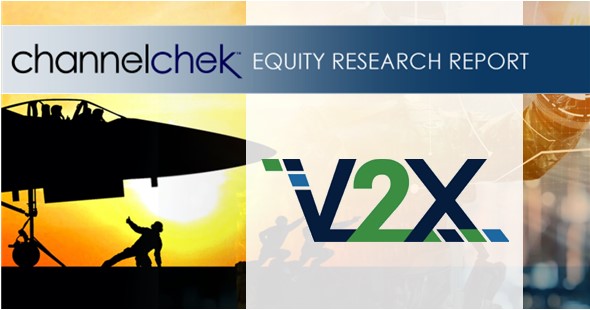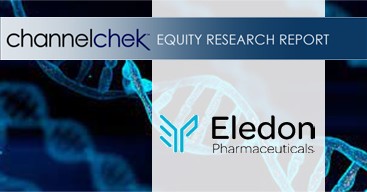As the world races towards a greener future, a new frontier has emerged in the metals and mining industry – the race to secure rare earth metals. These vital elements, with names like neodymium, dysprosium, and terbium, are the unsung heroes of the clean energy revolution, essential for everything from electric vehicle motors to wind turbines and rechargeable batteries.
And a recent game-changing discovery by Norwegian mining firm Rare Earths Norway could shake up the investment landscape in this lucrative sector.
Europe’s Rare Earth Jackpot
In early June 2024, Rare Earths Norway announced the discovery of Europe’s largest proven deposit of rare earth elements in the Fen Carbonatite Complex, located in southeastern Norway. With an estimated 8.8 million metric tons of total rare earth oxides (TREOs), including a staggering 1.5 million metric tons of magnet-related rare earths, this find is a potential goldmine for savvy investors.
What makes this discovery so significant is that it represents one of the few major rare earth deposits not owned or controlled by China, which currently dominates the global supply chain. As the world’s manufacturing powerhouse, China accounts for a whopping 70% of global rare earth ore extraction and 90% of rare earth ore processing.
This reliance on China has raised concerns about supply chain vulnerabilities and geopolitical risks, prompting a global race to secure alternative sources of these critical minerals.
The European Union’s Critical Raw Materials Act aims to extract at least 10% of the bloc’s annual rare earth demand by 2030, and the Norwegian deposit could be a game-changer in achieving this goal.
The Clean Energy Metals Boom
The demand for rare earth metals is expected to skyrocket in the coming years as the clean energy transition gathers momentum. The International Energy Agency (IEA) has warned that today’s supply falls short of what is needed to transform the energy sector, highlighting the need for increased exploration and production.
Electric vehicles (EVs) and wind turbines are among the biggest drivers of rare earth demand. Neodymium, for instance, is a key component in the powerful permanent magnets used in EV motors and wind turbine generators. As the global EV market continues its rapid growth, with sales expected to surge from 6.6 million in 2022 to 26 million by 2030, according to BloombergNEF, the demand for these critical minerals will only intensify.
Investment Opportunities Abound
The discovery of Europe’s largest rare earth deposit presents a multitude of investment opportunities for those willing to bet on the metals and mining sector’s transition to cleaner and more sustainable practices.
Rare Earths Norway itself could be a prime target for investors looking to get in on the ground floor. As the company works towards developing the first stage of mining by 2030, its stock could see significant upside potential as progress unfolds.
Beyond direct investment in mining companies, ancillary industries like mineral processing, refining, and specialized equipment manufacturing could also benefit from the rare earth metals boom.
Furthermore, companies focused on recycling and reclaiming rare earth materials from end-of-life products could play a crucial role in addressing supply shortages and reducing environmental impact.
Risks and Challenges
Of course, investing in the metals and mining sector is not without its risks. Fluctuating commodity prices, geopolitical tensions, environmental concerns, and regulatory challenges are all factors that investors must carefully consider.
Additionally, developing a rare earth mine is a capital-intensive and time-consuming process, with significant upfront costs and potential delays.
However, for investors with a long-term perspective and a keen eye for emerging trends, the rare earth metals rush could present a unique opportunity to capitalize on the clean energy revolution’s insatiable appetite for these critical materials.
As the world transitions towards a more sustainable future, those who recognize the value of these unsung heroes – the rare earth metals – could be well-positioned to reap substantial rewards.


















